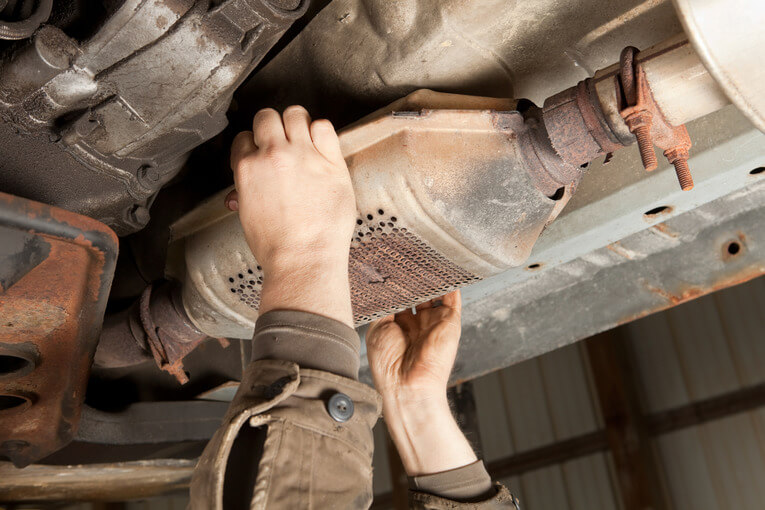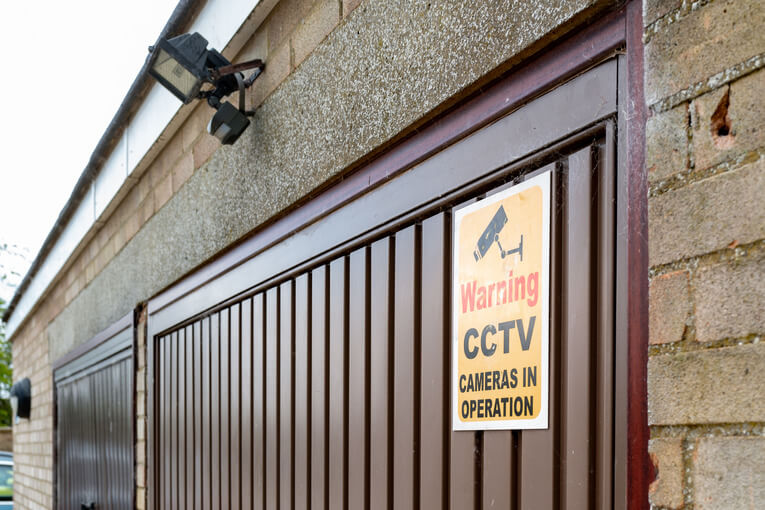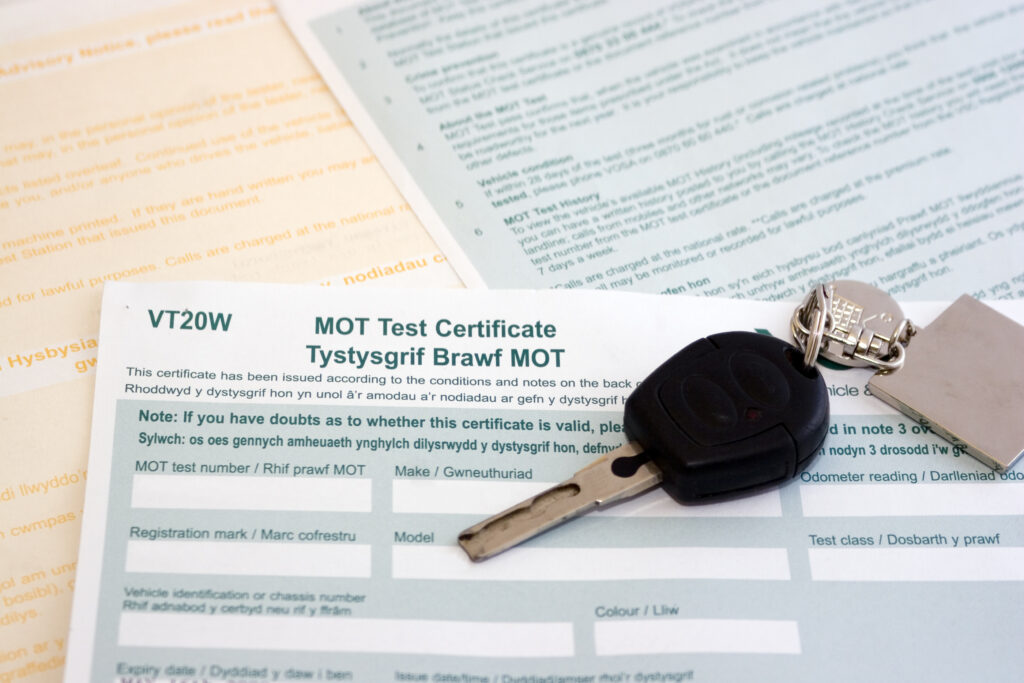How big a problem is catalytic converter theft in the UK?
Catalytic converter theft is on the rise across the UK, with recent figures from insurance firm Ageas suggesting that this type of crime now accounts for over 30% of all car-related thefts. That’s a significant uplift compared to pre-pandemic levels when the figure sat at just 10%.
So, why do people steal catalytic converters? And what’s behind the dramatic increase in converter thefts that we’ve seen over the past couple of years?
To answer both of these questions, it’s worth outlining exactly what a catalytic converter is and the types of materials they contain.
Catalytic converters form part of the exhaust system on most cars. They’re used to control the number of toxic gases emitted from the tailpipe and use a variety of precious metals to achieve this.
Note “precious metals” here, as that’s precisely the reason why they’re so often targeted by opportunistic thieves. Among other elements, converters contain the likes of platinum, palladium, and rhodium, the per-ounce values of which have trebled in recent years due to global shortages and supply chain issues brought on by the pandemic.
So, the correlation between increased instances of catalytic converter theft and higher metal prices is clear. That leaves the question as to how best to protect your car from this type of criminality – particularly given that the average catalytic converter theft takes under one minute to complete.
How do I tell if my car has a catalytic converter?
Before you start fretting about the risk of catalytic converter theft, you should first establish if your car actually has one. The easiest way to do this is to head straight to Google and perform a simple search, including your car’s make, model, and year of manufacture.
Nine times out of ten, you’ll find that your car is equipped with a converter. That’s because all new cars manufactured since 1993 are required to have one by law. The only instances in which you may not have one are:
- If you drive an electric car
- If you drive a classic petrol car built before 1993
- If you drive a diesel manufactured before 2000 (when the law was introduced for diesel vehicles)
Of course, as well as identifying if your car has a converter, it’s also good to know the signs that yours has been stolen. After all, there’ll probably be no signs of any wrongdoing at first glance.
The first sign that your catalytic converter has been stolen will be a loud roaring noise when you switch on the ignition – this indicates that there’s a serious problem with the exhaust. Turn off the engine and try to have a look beneath your car if it’s safe to do so; the problem should be immediately obvious, with a large gap where the converter used to be.
From there, it’s a case of calling the police to report the crime as well as your insurance provider to have the damage repaired. Don’t drive your car until the catalytic converter has been replaced, otherwise, you risk emitting dangerously high emissions.
Which cars are most and least likely to have catalytic converters stolen?
Although catalytic converter theft is very much the luck of the draw, recent crime statistics do show some interesting patterns and trends, with thieves targeting specific types of cars more than others.
For instance, hybrids are considered the main target for most catalytic converter thieves. And there are a couple of reasons for this, including:
- Modern catalytic converters fitted to new hybrid models contain more precious metals than older vehicles, making them more valuable.
- Since hybrids don’t rely on a combustion engine for all day-to-day driving, their catalytic converters tend to be in a much better overall condition, even if they’re the same age as their petrol or diesel counterparts.
Of the hybrids most frequently targeted by converter thieves, the Toyota Prius is the most-affected model. This may be due to the position of the converter on this particular vehicle, which is thought to make it an easy target.
Elsewhere, 4x4s and SUVs regularly fall victim to catalytic converter theft for obvious reasons. Since they sit higher from the ground, thieves find it easier to quickly gain access to the undercarriage and cut away the converter with handheld power tools. The converters themselves are also often much larger on these vehicles, making them more attractive to criminals.
Tips for preventing catalytic converter theft
There’s no getting around it: catalytic converter theft is impossible to avoid and prevent altogether. Criminals are ruthlessly efficient at this particular form of vehicle theft, with the average incident taking under a minute to carry out.
Still, you can make their lives harder. Here are some top tips on how to reduce your likelihood of falling victim to catalytic converter theft.
- If you’re parking in public, always leave your car in a well-lit area, particularly somewhere covered by CCTV.
- No drive or garage? Park as close to the kerb as possible, within close proximity to other vehicles. That way, criminals will have a much tougher time accessing your car or jacking it off the ground.
- Further to the above point: don’t park with two wheels on the kerb, as this gives criminals the perfect access point to get under your vehicle.
- If you park on your drive, consider tighter security outside your home. CCTV, security lights and gates can all be effective detractors, preventing crime before it happens.
- Consider a “cat cage” for your vehicle. These aftermarket security products essentially shield the catalytic converter, making it more difficult to access. Talk to your local mechanic about the feasibility of fitting one to your car.
We hope this guide helps you to combat catalytic converter theft and come up with a way to better protect your vehicle from would-be criminals. Remember, you can also safeguard vehicle health with Redex fuel additives. Tap here to see our full range or visit the Redex blog for more helpful guides and features.







